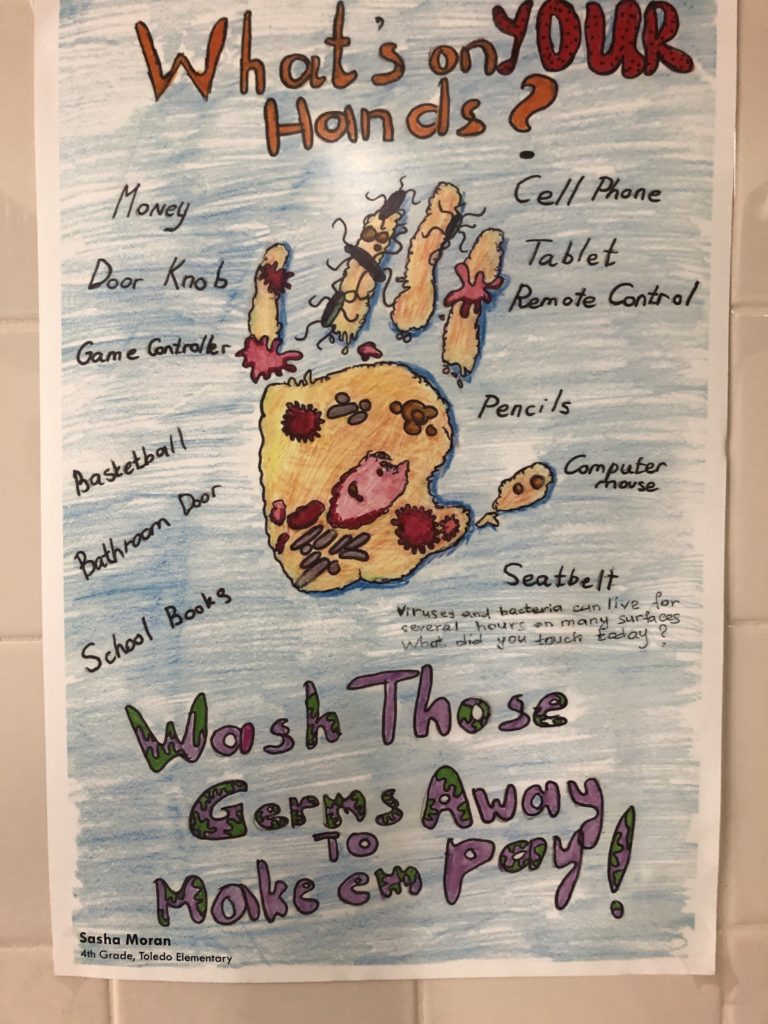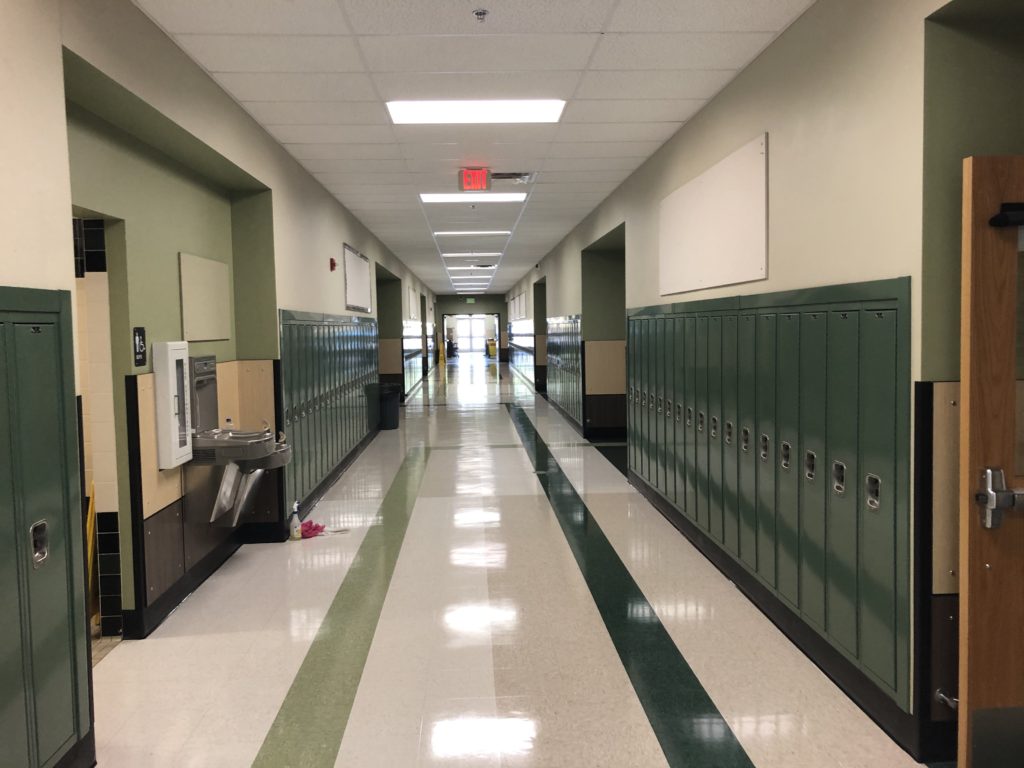
In any normal year, Lincoln County schools would be gearing up to welcome nearly 5,500 students back to 11 campuses scattered along a 55-mile-long stretch of the Oregon coast.
Needless to say, this isn’t a normal year.
The same coronavirus that halted in-person instruction in March continues to rage across the county and the state.
Now, with the 2020/21 academic year within just weeks of its scheduled start, Lincoln County school administrators, teachers, parents and students are all trying to bring focus to a picture that seems to be changing almost by the day. And like most Oregon school districts because of new restrictions announced by Gov. Kate Brown, the Lincoln County district has had to halt plans for a mix of in-class and online instruction for what will likely be at least eight weeks of no classes in school buildings.
“Ideally, we would be able to open just as we did last fall, with no concerns about a virus,” said Megan Cawley, a Lincoln County School District board member who also works as nursing educator at Oregon Coast Community College. “But that’s not even remotely in the realm of possibility. This is something we can’t just make go away.”
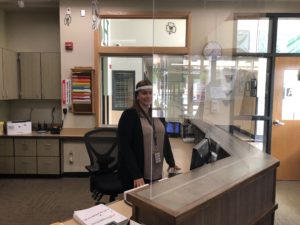
Currently, virus infection rates in both Lincoln County and across most of Oregon exceed the levels the governor has deemed safe for reopening.
That means it is highly likely that, when Lincoln County’s school year opens Sept. 28 — four weeks later than usual — all instruction will initially take place online.
It’s a scenario that is horrifying to some, since everyone from district Superintendent Karen Gray on down has acknowledged that the distance learning model employed after the virus shut down in-school classes in March amounted to little more than spotty and ineffective reviews of material already taught.
Gray, who has spent the summer scrambling to build a virus-proof curriculum model, is adamant that this school year will not be a repeat of last.
“I do not intend on having this being a lost year,” Gray said in an interview. “Emphatically, this is not going to be a lost year.”
District tries to raise bar
The Lincoln County district has spent thousands buying new laptop computers for children whose families lack them, and has provided cell phones that enable internet connections for students without that service, she said.
In addition, the district hired a “distance-learning” specialist to help students and parents better connect with their “virtual classrooms.” There are also plans underway to assemble what Gray calls an “online army of parental tutors” to assist families struggling with the technology of virtual learning.
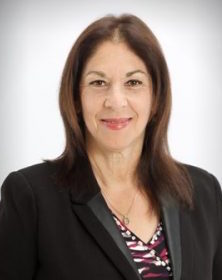
“Last spring, our emphasis was on feeding kids, which we were very successful at,” Gray said, noting that more than 540,000 meals were provided to students living in a county with one of the state’s highest unemployment rates.
“But we are aiming for something much higher this year,” Gray said. “This will be graded work and attendance will be taken. To me, this is a very different ball game.”
As currently envisioned, students and their parents will meet alone or in small groups for “check and connect sessions” with their new teachers over a two-week period beginning Sept. 14.
“The whole goal here is to measure what our kids are coming back to us with in terms of where we stopped in the spring,” said Mike Gass, the new principal at Crestview Heights School in Waldport. “Getting a good feel for where students are will help tremendously in moving them all ahead.”
Then, on Sept. 28, the district’s more comprehensive distance learning effort will officially kick off, with students expected to participate in online learning five days a week.
Already, fall sports are gone. The Oregon School Activities Association announced Wednesday that football, soccer, volleyball and any other extra-curricular activity will be moved to the spring.
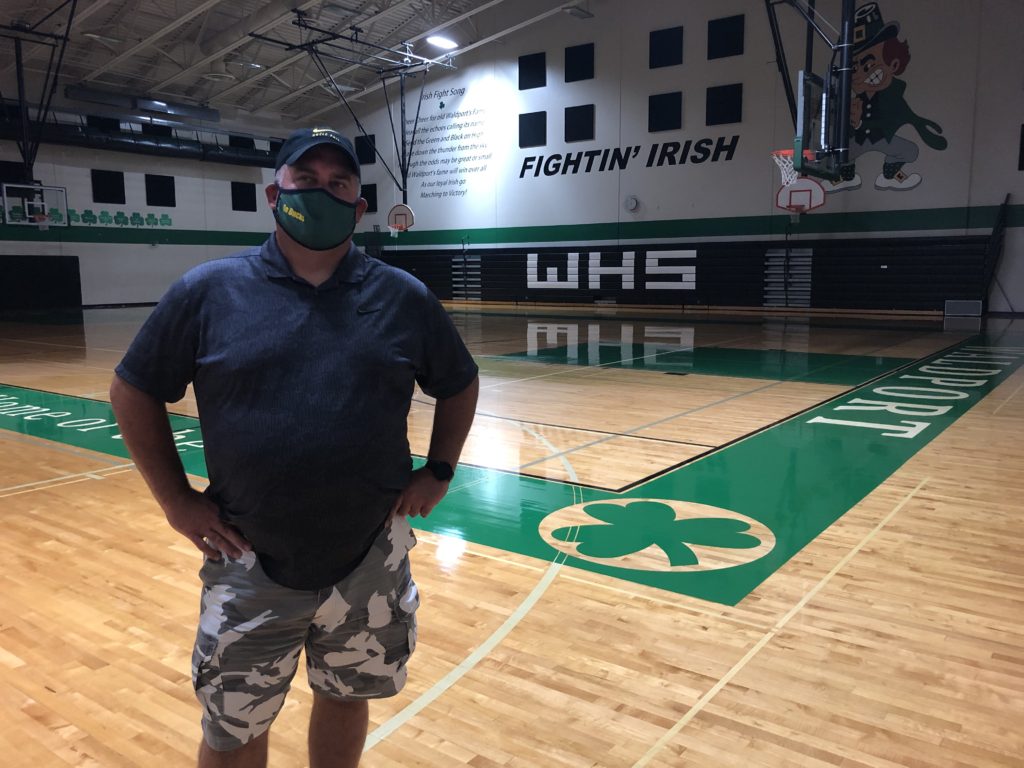
State, county have to meet COVID-19 metrics
Actually moving students into classrooms for on-site instruction will depend on metrics pertaining to the virus.
As determined by the governor, resuming in-person instruction means that counties must record 10 or fewer cases per 100,000 people over seven days, and show test positivity of 5 percent or less over seven days.
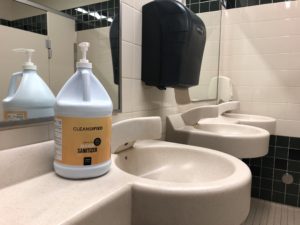
Currently, Lincoln County has a 5.4 percent test positivity rate and 22.8 cases per 100,000. That compares with statewide rates of 5.8 percent and 55.7 cases per 100,000, respectively.
“So, at this point, we obviously lack the metrics to reopen for in-school instruction,” Gray said. “But we know our health authorities are doing everything they can to get those numbers down.”
If those numbers are, in fact, reduced, the school district would proceed with its so-called “hybrid model,” which would see students attending in-class sessions twice a week and engaging in online learning an additional two days.
Gray and others agree, however, that it could be weeks or months before infection rates are low enough to allow any return to class.
Another option – having students attend public online charter schools – is already foreclosed, since state law sets a cap of 3 percent of any one district’s students going that route. The district has already sent out more than 50 rejection letters from families requesting the option, because the 3 percent cap was reached June 24.
As an alternative to the online charter school route, the district is offering this fall to allow students to enroll in a new program called Edmentum. It’s a privately operated educational platform that does not involve any interaction with district teachers. The program is self-paced and has no limit to the number who can participate.
“It’s a fine program and we’re happy to be offering it this year,” Gray said. “But, personally, I’d prefer that students choose our comprehensive distancing learning so they remain connected to a classroom with one of our teachers on the other end.”

Many parents unhappy and apprehensive
Parents, for their part, appear to be every bit as apprehensive about what the coming year might bring as Gray and her team of administrators and teachers are. That mirrors a Washington Post opinion poll released Thursday that showed parents nationwide want to see the “hybrid” mix of classroom and online instruction. The Post also reported that, nationwide, the sudden move into online instruction this spring had huge problems and that parents and educators worry that not much as improved.
Many say they don’t hold the district responsible at all for the debacle last spring, since coping for an unplanned, once-in-a-lifetime pandemic presented monumental challenges worldwide.
But now, with several months having already elapsed between then and now, some parents wonder if enough has been done to ensure that actual learning can once again be the norm.
“There is so much uncertainty that I don’t think the education is going to be that consistent or valuable to many of the kids,” said Leigh Torres, a Newport resident with a sixth-grade son. “From everything we’ve seen, it’s pretty clear that teaching and learning will really be marginalized.”
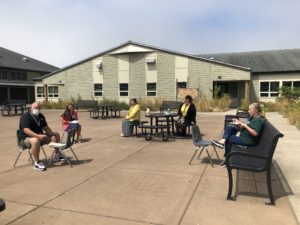
Other parents are concerned as much about the virus as they are about the benefits of in-class instruction.
A group of mothers in Yachats is already planning on keeping their kids home, no matter what. They are creating a “pandemic pod,” which will move their children from one home to another through the week, ensuring access to technology and tutoring help for kids whose parents may be working.
Their effort, in fact, only underscores yet another concern – the lack of access to daycare, not only for working families, but for teachers and administrators, too.
“We are really struggling to figure this issue out,” Crestview Heights’ Gass said. “I can’t get the message out there enough that we need capacity help.”
Gray agreed.
“I have never seen so little available child care in my life,” she said. “We’ll be calling on the community to step up. Not the school district, but the rest of the community.”
And then there’s the money issue
Available financial resources, meanwhile, present another challenge to the district.
Lincoln County schools, like other districts around the state, had been counting heavily on the $1 billion a year windfall created by the “Student Success Act.” The money was to come from a statewide business tax approved by the 2019 Legislature.
The district’s plans for the money included everything from hiring more nurses, counselors and social workers, to increasing support for and services for minority and special needs students and their families.
Slumping tax revenues, the result of the Covid-sparked financial downturn, have sliced the $4.5 million the county thought it would get down to $1.5 million.
“It’s killer,” Gray said. “I mean, it’s killer.”
Still, a new school year, fraught with uncertainty and disease, is almost here. And Gray has her own bottom line.
“I can’t have people getting sick on my watch,” she said. “I can’t. That said, we are going to do everything we can to make this year meaningful for every student and family. That’s the goal and we’re going to meet it.”
